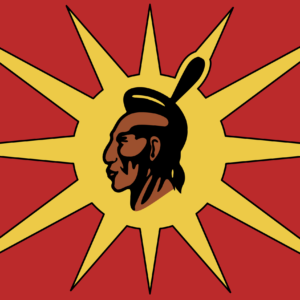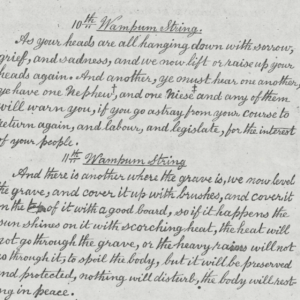
History is a coagulated pool of memory-driven accounts that can be altered over time and this is something that we know.
And today, we know for a fact that the human memory is faulty.
Thus, sometimes the recollections of certain events can only be taken as just that, recollections. But with the emergence of the internet, it is much harder to forget things that are at our fingertips because information is only a swift Google away.
But taking a look at collective faulty memory, whereby people may be convinced that something is a particular way from memory, only to discover that they have remembered it all wrong, is more proof of either a glitch in time or that human memory can be hugely misleading on a grand scale.
The Mandela Effect is the term used for the phenomenon of the collective misremembering of common events or details which first emerged in the public in 2010. During this year countless people on the internet falsely remembered that Nelson Mandela was dead. It was widely believed that he had died in prison during the 1980s. In reality, Mandela was actually freed in 1990 and passed away in 2013 – despite claims of individuals remembering clips of his funeral on TV.
Paranormal consultant Fiona Broome coined the term the “Mandela Effect” to explain the widespread misremembering, and then other examples started popping up all over the internet. For instance, it was wrongly recalled that C-3PO from Star Wars was gold, actually one of his legs is silver. Likewise, people often wrongly believe that the Queen in Snow White says, “Mirror, mirror on the wall”. The correct phrase is “magic mirror on the wall.”
But what if the erasure of history, accounts and recollections of a certain incident is completely eradicated rather than manipulated by faulty memory?
A subtle example of this can be seen in a caption written within a geography textbook.
The caption depicted a speech bubble that read: “The Atlantic Slave Trade between the 1500s and 1800s brought millions of workers from Africa to the southern United States to work on agricultural plantations,” giving the impression that slaves were “workers” in 2015.
But a bold example of this stretches back into January of the year 2000.
Two police officers drove Darrell Night five kilometres outside of Saskatoon and abandoned him in -22° C weather with just a T-shirt and a jean jacket on his back. The incident was part of a series of what would be called “starlight tours,” a practice in which officers were said to have picked up drunk or rowdy people like Night, in the evening, and dropped them off in the dead of winter.
At least three Indigenous people in Saskatoon are suspected to have died this way, beginning with 17-year-old Neil Stonechild in 1990. And although Night survived, he moved to British Columbia and never returned to Saskatoon.
Two officers went to prison for eight months for Night’s incident. His case eventually led to an inquiry in 2003 into Stonechild’s death that made international news. Two officers were fired for Stonechild’s death, and the police chief apologized to Stonechild’s mother. During this process there were two starlight-tour guides that were sentenced to eight months in prison for Night’s unlawful confinement, the maximum sentence was 10 years, and no officers were criminally charged for the deaths of the other victims.
By comparison, an Indigenous man in Saskatoon was sentenced to four months in January 2016 for falsely reporting a starlight tour.
Yet, in 2016, there was an effort made at the top of the system to erase this ugly, very prominent chapter from the police force’s history. An 18-year-old student named Addison Herman discovered that information about the tours was deleted from the Saskatoon Police Commission’s Wikipedia page, and the IP address of the computer that executed the change was registered with the Commission itself.
The nightmarish account of his near death, which was so easily erased from one corner of the Internet, you can believe plagues Night every evening when he tries to sleep.
And this is how the erasure of indigenous history still exists today.






